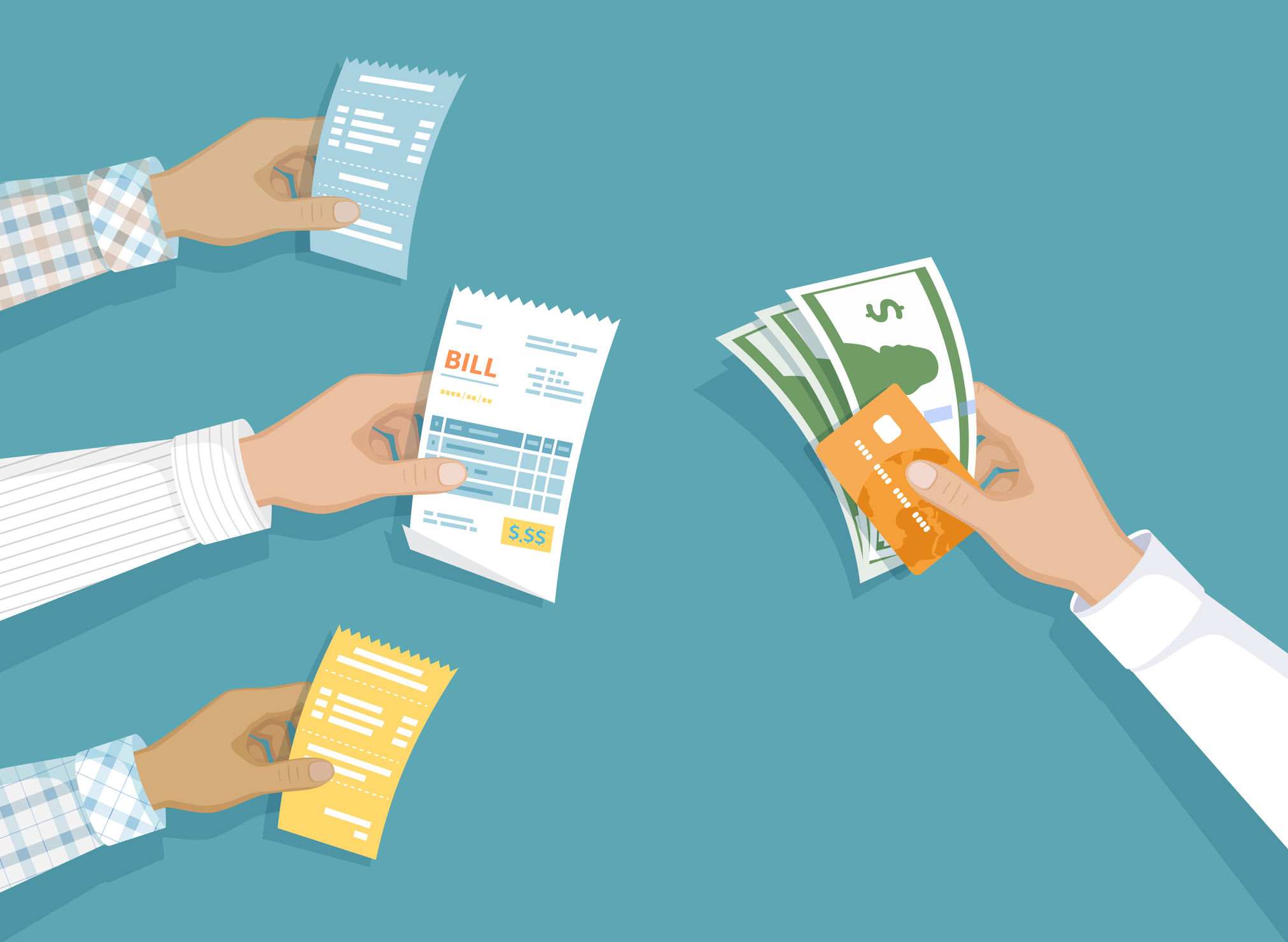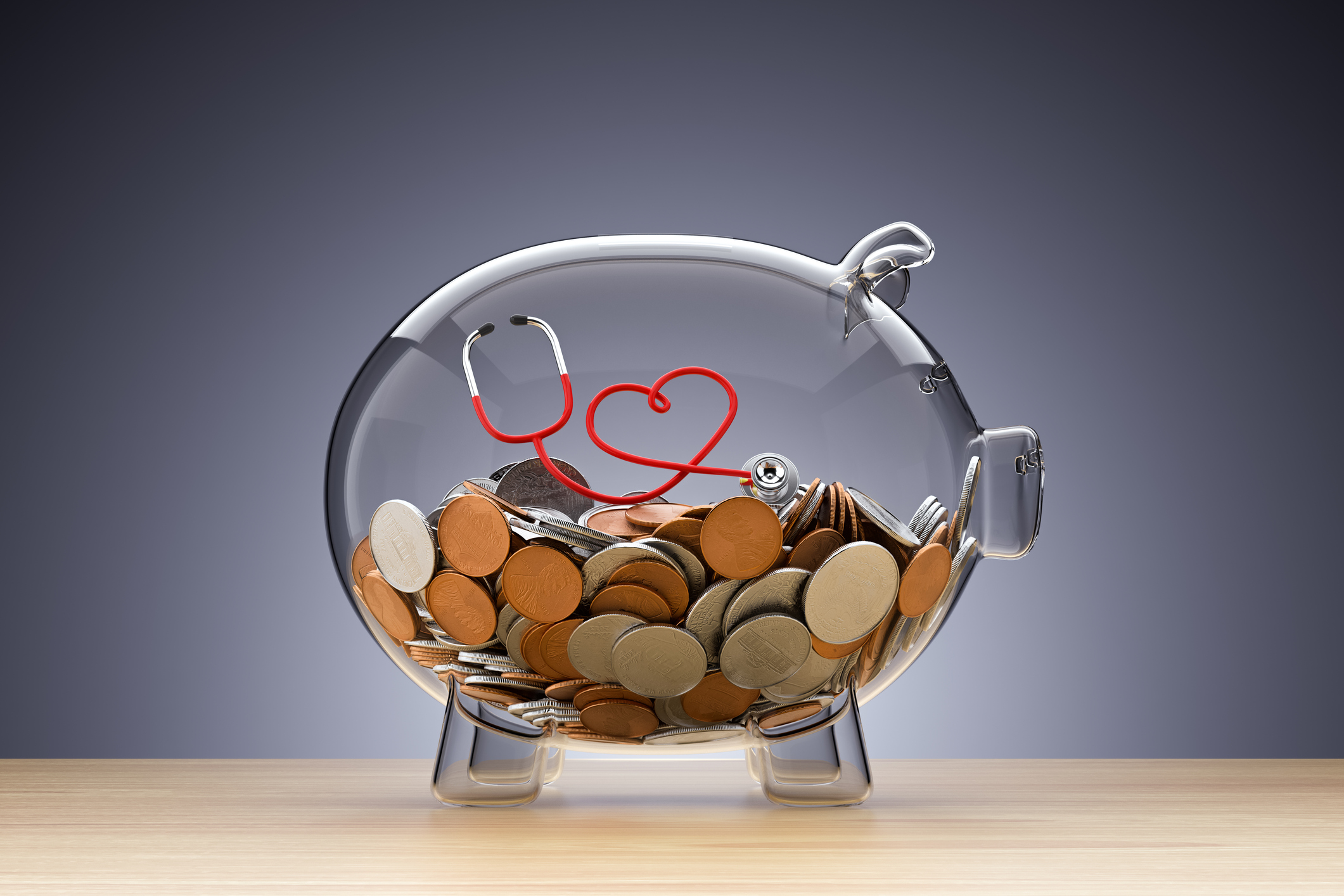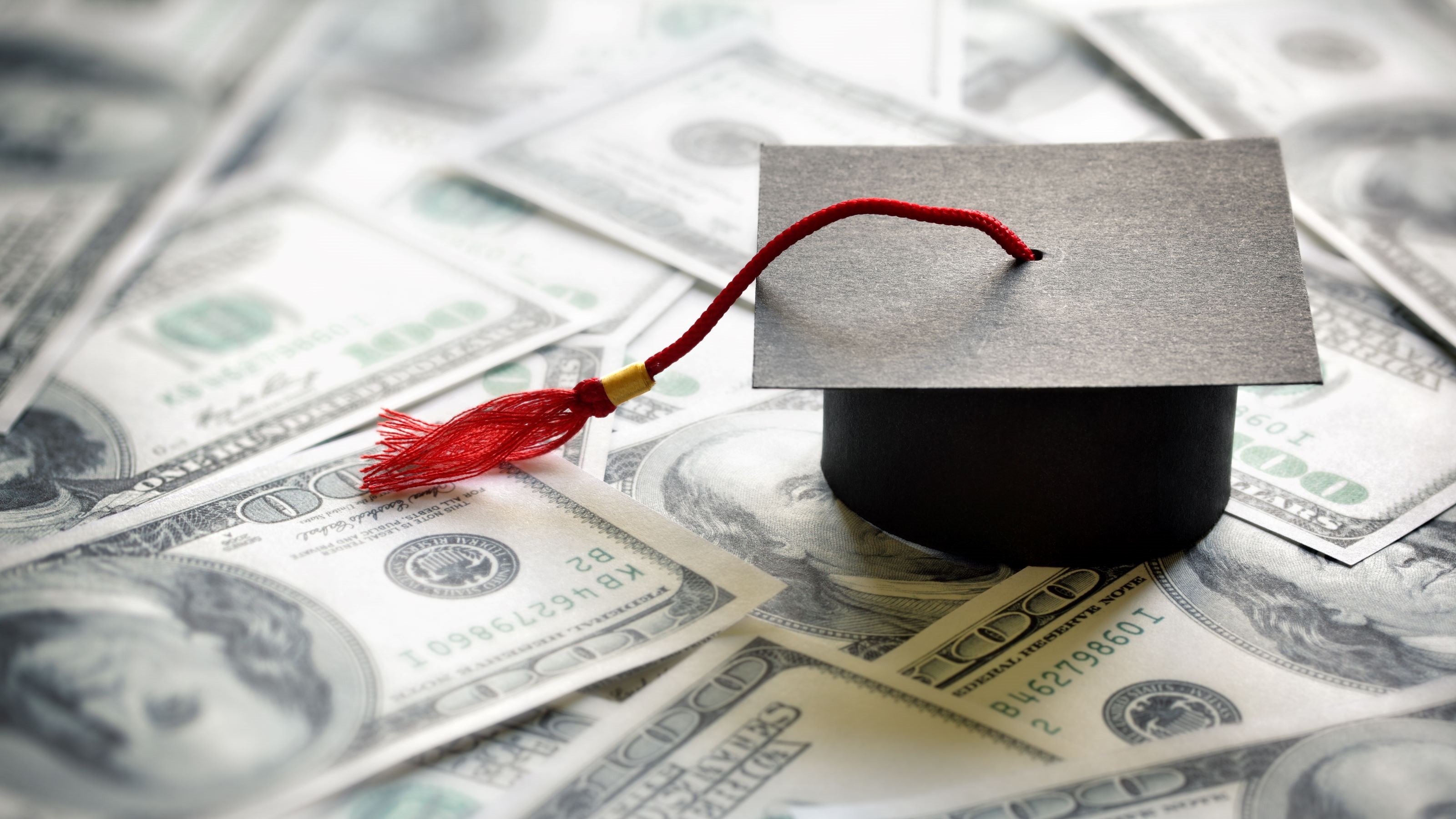Consumer Credit Growth Slows as Lending Standards Tighten: Kiplinger Economic Forecasts
It's due to high interest rates and banks implementing tighter lending terms on credit cards.


As the economy braces for a recession, consumer credit growth is beginning to wane. To help you understand what is going on and what we expect to happen in the future, our highly-experienced Kiplinger Letter team will keep you abreast of the latest developments and forecasts (Get a free issue of The Kiplinger Letter or subscribe). You'll get all the latest news first by subscribing, but we will publish many (but not all) of the forecasts a few days afterward online. Here’s the latest...
Higher interest rates are starting to chill consumer credit growth. Per the latest data, consumer debt levels are still on the rise, but the pace of growth is slowing. Outstanding balances for all types of consumer credit rose 0.2% in May, while year-over-year gains eased from 5.4% in April to 5.3% the next month.
Most types of consumer credit products are showing signs of weakness. Growth in outstanding auto loan balances faded to 5.4% in May, from 5.6% in April. Growth in credit card balances, meanwhile, moderated from 17.9% to 17.5%. That said, the share of borrowers who carry a monthly balance on their credit cards is trending above pre-pandemic levels, and demand for housing-related credit to buy a home or to tap into equity remains strong, despite rising mortgage rates.

Sign up for Kiplinger’s Free E-Newsletters
Profit and prosper with the best of expert advice on investing, taxes, retirement, personal finance and more - straight to your e-mail.
Profit and prosper with the best of expert advice - straight to your e-mail.
Delinquency rates for credit cards and auto loans will increase this year. The delinquency rate for all consumer credit products increased to 1.49% in May. While still below pre-pandemic levels, it has rebounded quickly over the past year. Auto loans already have a late-payment rate higher than February 2020 levels, and rising interest rates plus a slowing economy will cause others to follow suit.
Note that lending standards will also tighten over the rest of the year. Banks are pumping the brakes on consumer credit. According to the latest survey of senior loan officers, a quarter of banks are tightening credit card lending terms.
This forecast first appeared in The Kiplinger Letter, which has been running since 1923 and is a collection of concise weekly forecasts on business and economic trends, as well as what to expect from Washington, to help you understand what’s coming up to make the most of your investments and your money. Subscribe to The Kiplinger Letter.
Get Kiplinger Today newsletter — free
Profit and prosper with the best of Kiplinger's advice on investing, taxes, retirement, personal finance and much more. Delivered daily. Enter your email in the box and click Sign Me Up.

Rodrigo Sermeño covers the financial services, housing, small business, and cryptocurrency industries for The Kiplinger Letter. Before joining Kiplinger in 2014, he worked for several think tanks and non-profit organizations in Washington, D.C., including the New America Foundation, the Streit Council, and the Arca Foundation. Rodrigo graduated from George Mason University with a bachelor's degree in international affairs. He also holds a master's in public policy from George Mason University's Schar School of Policy and Government.
-
 Two Don'ts and Four Dos During Trump's Trade War
Two Don'ts and Four Dos During Trump's Trade WarThe financial rules have changed now that tariffs have disrupted the markets and created economic uncertainty. What can you do? (And what shouldn't you do?)
By Maggie Kulyk, CRPC®, CSRIC™
-
 I'm Single, With No Kids: Why Do I Need an Estate Plan?
I'm Single, With No Kids: Why Do I Need an Estate Plan?Unless you have a plan in place, guess who might be making all the decisions about your prized possessions, or even your health care: a court.
By Cynthia Pruemm, Investment Adviser Representative
-
 What To Know if You’re in the Market for a New Car This Year
What To Know if You’re in the Market for a New Car This YearThe Kiplinger Letter Buying a new car will get a little easier, but don’t expect many deals.
By David Payne
-
 Universal Savings Accounts Are Like Roth IRAs, But With a Twist
Universal Savings Accounts Are Like Roth IRAs, But With a TwistThe Tax Letter Republican lawmakers and conservative think tanks are proposing a new type of tax-advantaged savings account. Think Roth IRAs, but not just for retirement.
By Joy Taylor
-
 Will Lower Mortgage Rates Bring Relief to the Housing Market?
Will Lower Mortgage Rates Bring Relief to the Housing Market?The Kiplinger Letter As mortgage rates slowly come down here's what to expect in the housing market over the next year or so.
By Rodrigo Sermeño
-
 Car Prices Are Finally Coming Down
Car Prices Are Finally Coming DownThe Kiplinger Letter For the first time in years, it may be possible to snag a good deal on a new car.
By David Payne
-
 New Graduates Navigate a Challenging Labor Market
New Graduates Navigate a Challenging Labor MarketThe Kiplinger Letter Things are getting tough for new graduates. Job offers are drying up and the jobless rate is increasing. Are internships the answer?
By David Payne
-
 QCDs Are a Tax-Smart Way for Retirees To Donate to Charity
QCDs Are a Tax-Smart Way for Retirees To Donate to CharityThe Tax Letter With QCDs, retirees can save on taxes by making donations from their IRAs directly to charity. Here's what you need to know about qualified charitable distributions.
By Joy Taylor
-
 How to Beat Soaring Home and Auto Insurance Premiums
How to Beat Soaring Home and Auto Insurance PremiumsThe Kiplinger Letter What’s behind the insurance price hikes, and what to do about them?
By Rodrigo Sermeño
-
 How to Navigate an Extra-Busy Summer Travel Season
How to Navigate an Extra-Busy Summer Travel SeasonThe Kiplinger Letter Tips for beating the exceptional crowds expected this year and keeping your vacation budget manageable.
By Sean Lengell